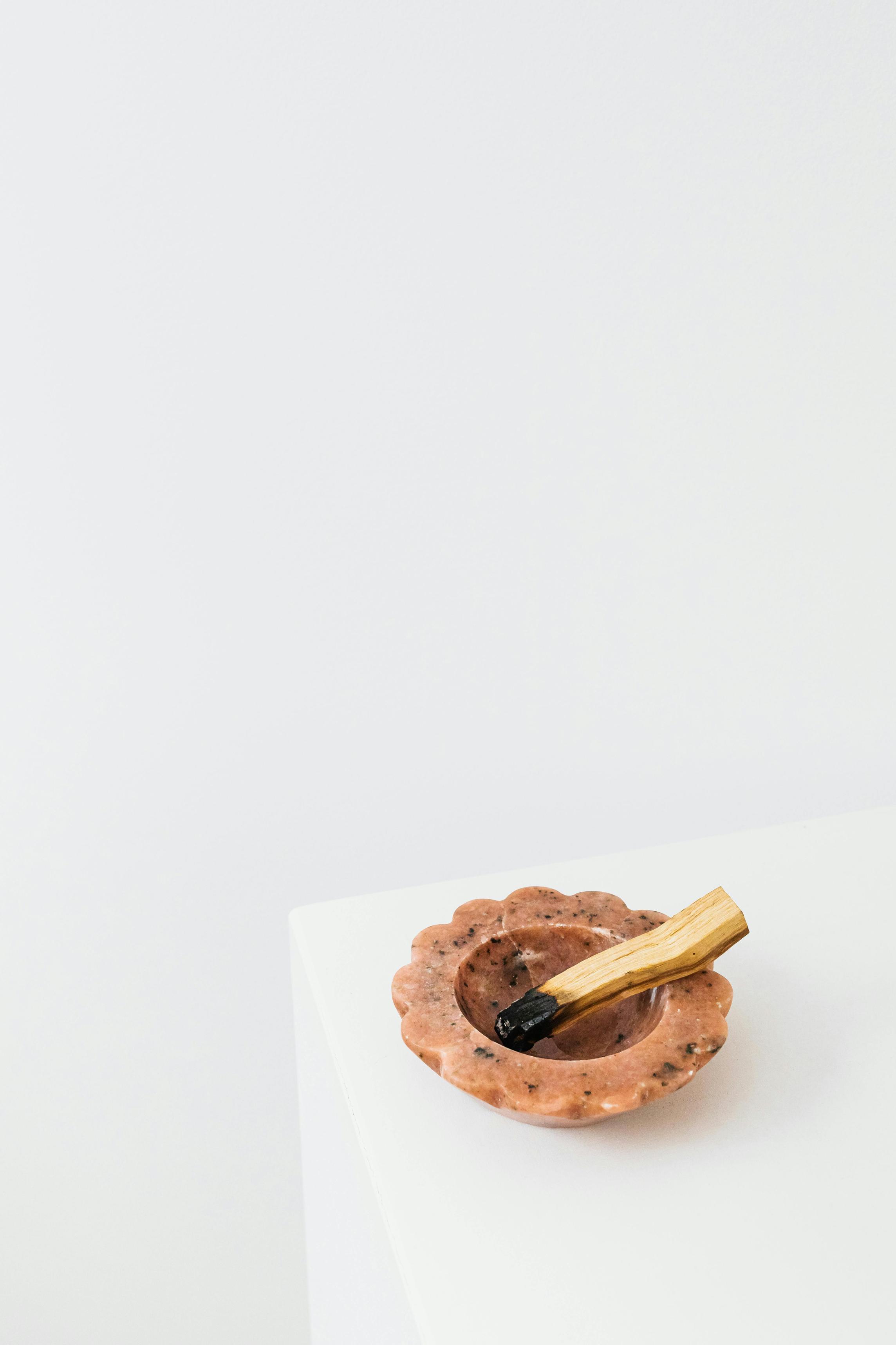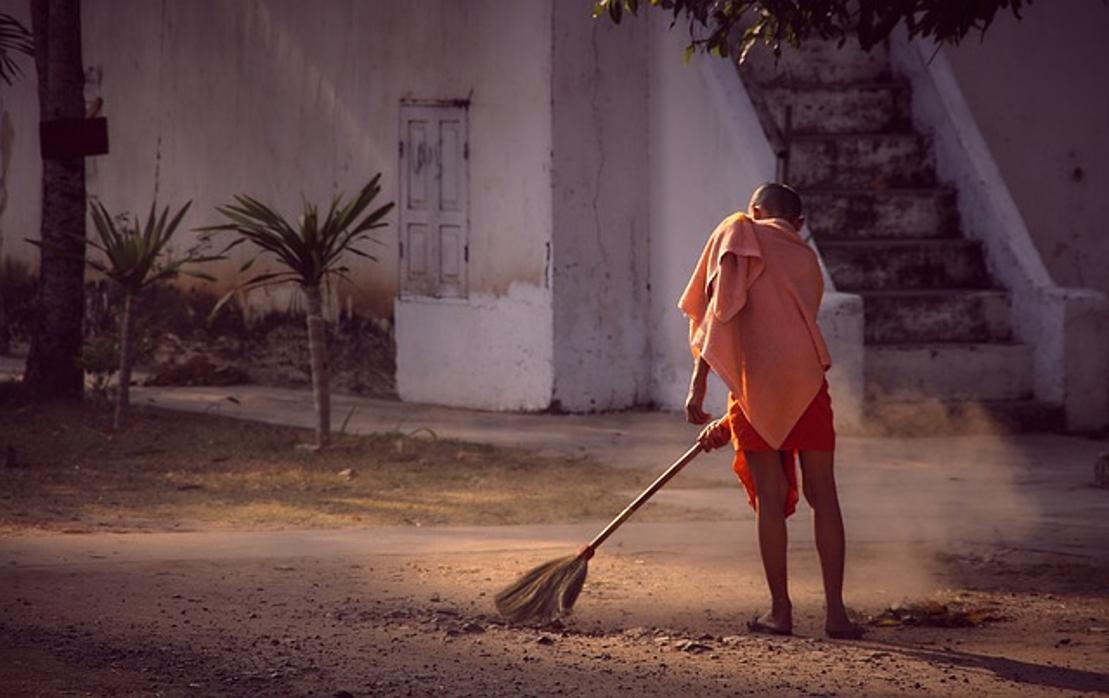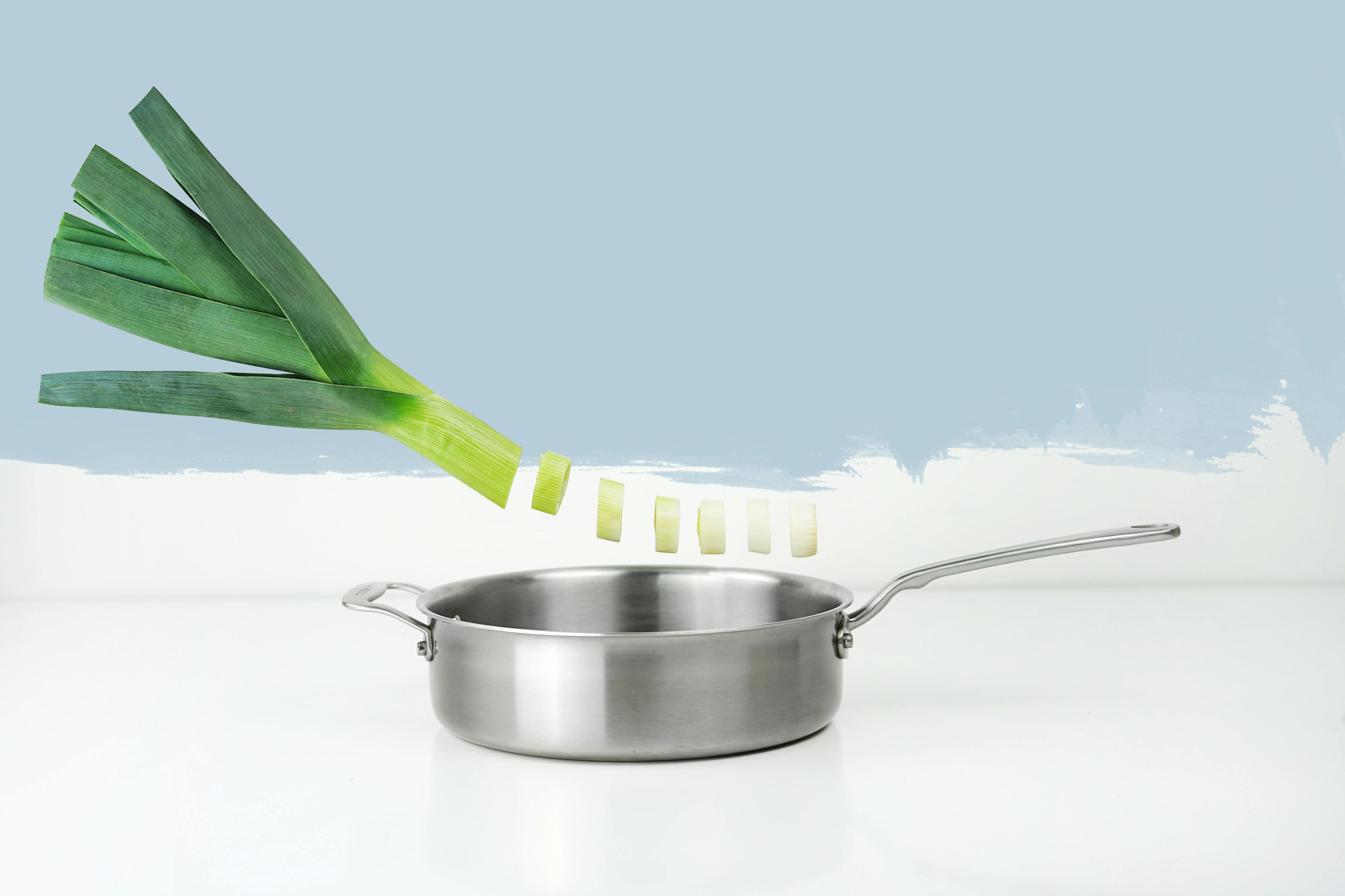Introduction
Burnt pans can be a common kitchen mishap, but they don’t have to spell the end for your favorite cookware. Cleaning a burnt pan may seem daunting, but with the right techniques and a bit of elbow grease, you can restore the pan to its former glory. In this guide, we’ll explore various methods to effectively clean different types of burnt pans. Whether it’s stainless steel, non-stick, or cast iron, our step-by-step instructions will help you remove those stubborn burnt residues. Let’s dive in!

Gather Your Cleaning Supplies
Before you start cleaning your burnt pan, gather all the necessary supplies to make the process smoother:
– Baking soda
– White vinegar
– Salt
– Lemon
– Dish soap
– A soft sponge or non-abrasive scrubber
– A wooden or plastic scraper
Having these items on hand will ensure you’re well-prepared to tackle any level of burn on your pan.
Initial Steps: Soaking and Scraping
To begin, follow these initial steps:
1. Soak: Fill the burnt pan with warm, soapy water and let it soak for at least 30 minutes. This step helps to loosen the burnt food particles.
2. Scrape: After soaking, use a wooden or plastic scraper to gently remove as much burnt residue as possible. Avoid metal scrapers, as they can scratch and damage the pan’s surface.
These preliminary steps create a cleaner slate for the more intensive cleaning methods that follow.

Method 1: Baking Soda and Vinegar
Using baking soda and vinegar is a popular and effective way to clean a burnt pan:
1. Sprinkle Baking Soda: Generously sprinkle baking soda over the burnt areas of the pan.
2. Add Vinegar: Pour enough vinegar over the baking soda to create a fizzy reaction. This reaction helps to break down the burnt food particles.
3. Soak: Let the mixture sit in the pan for at least 15 minutes.
4. Scrub: Use a non-abrasive scrubber to scrub away the loosened burnt residue. If necessary, add more baking soda and vinegar and repeat the process.
5. Rinse and Dry: Rinse the pan thoroughly with warm water and dry it with a soft cloth.
This method is both simple and environmentally friendly, making it an excellent choice for most households.
Method 2: Salt and Lemon
For a natural and effective cleaning solution, try using salt and lemon:
1. Sprinkle Salt: Generously sprinkle coarse salt over the burnt areas.
2. Rub with Lemon: Cut a lemon in half and use it to scrub the salt into the burnt residue. The acidity of the lemon combined with the abrasiveness of the salt works to lift the burned particles.
3. Soak: Let the mixture sit in the pan for about 10 minutes.
4. Scrub: Use a soft sponge to scrub away the loose residue. For tougher spots, apply more salt and lemon and repeat the process.
5. Rinse and Dry: Rinse the pan thoroughly with warm water and dry it with a soft cloth.
This method not only cleans but also leaves your kitchen smelling fresh.
Method 3: Boiling Water and Dish Soap
For a simpler yet effective approach, boiling water and dish soap can do wonders:
1. Add Water and Soap: Fill the burnt pan with water and add a few drops of dish soap.
2. Boil: Place the pan on the stove and bring the water to a boil. Let it boil for about 10 minutes.
3. Cool and Scrape: Remove the pan from heat and allow it to cool. Once cooled, use a wooden or plastic scraper to gently remove the softened burnt residue.
4. Scrub and Rinse: Use a soft sponge to scrub away any remaining residue, then rinse the pan thoroughly with warm water and dry it with a soft cloth.
Boiling water and dish soap offer a straightforward solution that often works well for moderate burns.
Special Techniques for Different Pan Materials
Choosing the right cleaning method also depends on the type of pan you’re dealing with. Here are some tips for specific materials:
Stainless Steel Pans
For stainless steel pans, avoid using harsh cleaners or abrasive materials that can scratch the surface. Stick to methods like baking soda and vinegar or boiling water.
Non-stick Pans
When cleaning non-stick pans, be gentle to preserve the non-stick coating. Use mild dish soap, water, and non-abrasive sponges. Avoid metal utensils and harsh scrubbing.
Cast Iron Pans
For cast iron pans, avoid soaking them as it can cause rust. Use salt as an abrasive and water, but make sure to thoroughly dry the pan and re-season it after cleaning.

Preventing Future Burns
Preventing burnt pans can save time and effort. Here are a few tips to avoid future mishaps:
– Use Low to Medium Heat: High heat can lead to food burning and sticking to the pan.
– Regular Stirring: Constantly stir your food to prevent it from sticking and burning.
– Preheat the Pan: Ensure your pan is preheated before adding food, which helps prevent sticking.
– Use Enough Oil: Using the right amount of oil or butter creates a barrier that can prevent burning.
These simple tips will help you maintain your pans and ensure they last longer.
Conclusion
Cleaning a burnt pan doesn’t have to be a challenging task. By using everyday household items like baking soda, vinegar, salt, and lemon, you can effectively remove burnt residue and restore your pans to their original condition. Understanding the best methods for different types of pans and incorporating preventative measures can save you time and effort in the kitchen. So next time you face a burnt pan, don’t despair. Follow these tips, and your pans will be sparkling clean in no time.
Frequently Asked Questions
Can I use oven cleaner on my burnt pan?
While oven cleaner can be effective, it is not recommended for most pans as it can be harsh and potentially damage the material. Stick to gentler, more natural methods.
What is the best natural cleaner for burnt pans?
Baking soda and vinegar are the best natural cleaners for burnt pans. They are effective, safe for most pan materials, and environmentally friendly.
How can I prevent my pans from burning in the future?
To prevent your pans from burning, cook on low to medium heat, stir food regularly, preheat the pan, and use enough oil or butter to create a barrier between the food and the pan.
